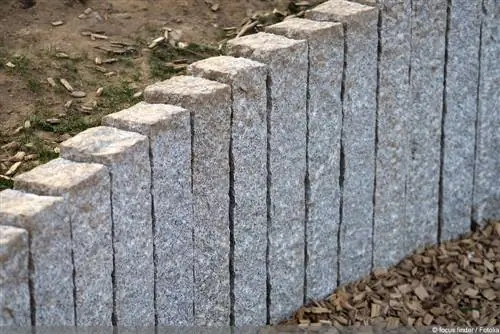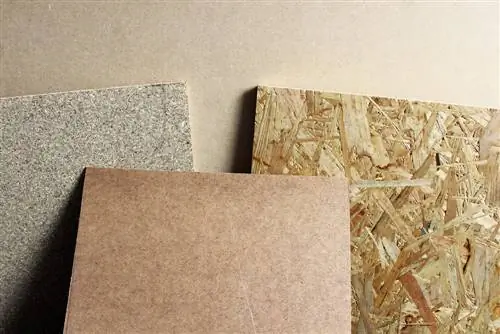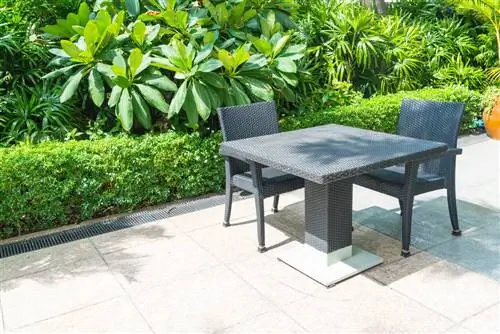- Author admin [email protected].
- Public 2023-12-17 03:39.
- Last modified 2025-01-24 12:45.
Granite steles for embankment borders or stair edging can vary considerably in price. The most important thing is the grain size, dimensions and processing of the material. There is therefore a lot of potential for savings here. Below we reveal what is important when selecting the steles and what factors need to be taken into account.
Stelae
The term is used for two different materials or formats. On the one hand, for columns or pillars that are used, for example, on graves or as privacy screens or art objects. This term is also used in gardening and landscaping. The stones are cuboid. On the other hand, it refers to shapes that are reminiscent of palisades. The difference to palisades, however, is that the steles taper towards the top, i.e. they become narrower.
Tip:
However, the uniform cuboids are used for flower bed borders and as stair borders.
Granite
The advantage of granite is that the material is very durable. However, due to its high density, granite is also very heavy. When setting the steles, it may therefore be necessary to work with two people or to use appropriate machines. Another advantage is that granite is available in different colors and grain sizes. The steles can therefore be selected to suit your own taste and the design of the stairs or flower beds. In addition, this sometimes results in significant price differences.
Price differences
The price differences for the steles arise mainly from two factors.
Extents
The bigger the stone, the higher the price. For special dimensions, an additional surcharge must be expected.
Grain
The finer the grain, the denser the granite. The denser it is, the more resistant to breakage and bending it is. However, stones with a coarser grain are also very resilient and are also more cost-effective than granite with a very fine grain.
Note:
A third crucial factor also results from the grain size. Frost-proof granite has a very high grain size and is therefore more expensive than granite that is not frost-proof.
Dimensions
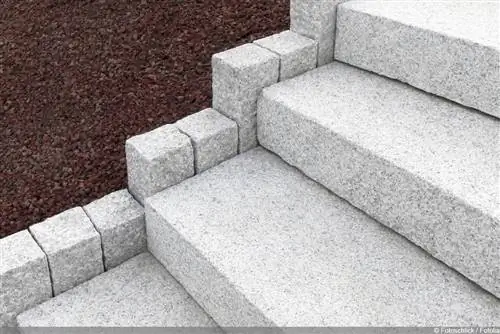
Stelae made of granite are usually found in five to ten different lengths. Lengths between 30 and 300 centimeters are common. The steps take place at 25 centimeter intervals. The side lengths or cross sections usually contain:
- 12 x 12 cm
- 8 x 12 cm
- 10 x 25 cm
- 15 x 15 cm
- 20 x 20 cm
The shorter and narrower the steles are, the lower the cost of the material.
Processing
The workmanship also plays a decisive role in the price. Steles made of rough granite are available relatively cheaply. The pillars are cheapest if they are not specifically frost-resistant. Steles made from flamed and sawn granite are more expensive.
Costs
A rough granite stele one meter long with a small cross-section is available for around 15 euros. For larger cuts of the same length, expect to pay up to 50 euros. If the stone is supposed to be frost-resistant due to its fine grain, a price of at least 30 euros per granite stele must be taken into account if it is one meter long and has a small cross-section.
The costs do not only consist of the prices for the material.
Other factors must also be taken into account. These include:
- Stelae
- Transport or delivery
- Setting the steles
Transportation in particular can be relatively expensive. A stele one meter long weighs between 30 and 70 kilograms. With four steles as a border for a small bed, the weight can be up to 280 kilograms. Not everyone can transport this weight in their own car. For larger projects and therefore higher weights, transport and borrowed machines for installation can therefore incur comparatively high costs.
Savings opportunities
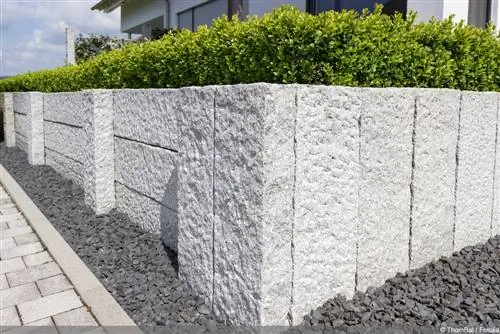
Saving opportunities for granite steles result from the following points:
-
Rough instead of sawn and flamed:
Due to the lower processing effort, the prices for these steles are lower. On the one hand, the rough stones appear very natural in the garden. On the other hand, any cracks and chipped corners that may arise are not noticeable.
-
Smaller dimensions:
There is little leeway when it comes to length, but a lot can be saved in the cross section. Therefore, everyone should ask themselves how large the cross section of the granite stele really has to be. This results in savings potential not only in the material itself, but also in transport and insertion of the steles, as the weight is lower.
-
Frost resistance
In heavily used areas and in regions with very harsh winters, it can make sense to invest in designated frost-resistant steles. For a bed border where the stones are hardly exposed to any force and in areas without a lot of water and in regions with mild winters, steles that are not specifically frost-resistant are sufficient. Even if a small piece breaks off due to frost, this is hardly noticeable on rough stones.
-
Price comparison
Not only the prices for the granite sites, but also for the transport should be compared carefully. There can be significant differences between providers and therefore potential for savings.
Tip:
These are sometimes only half as expensive as the stones without proven frost resistance.

